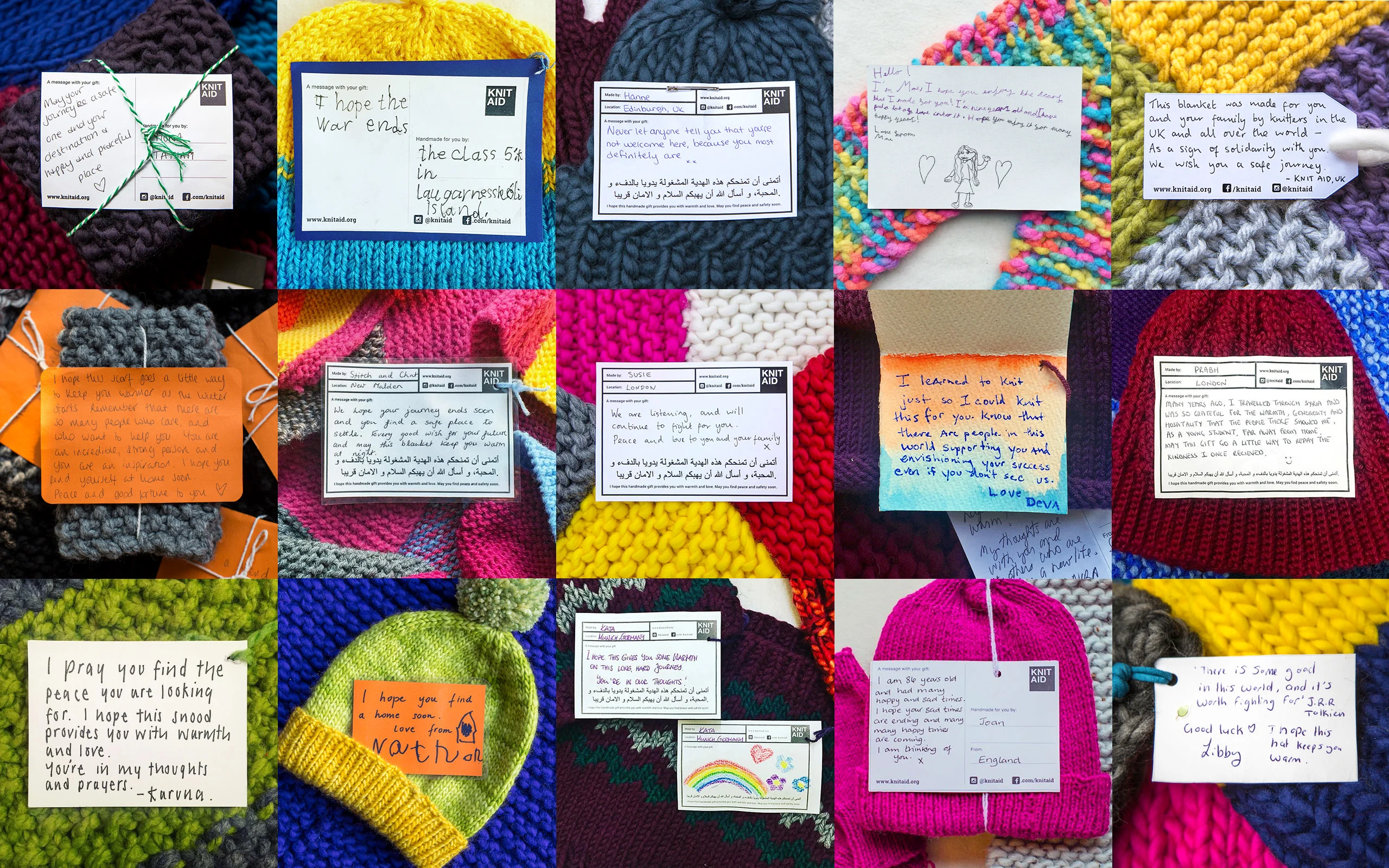
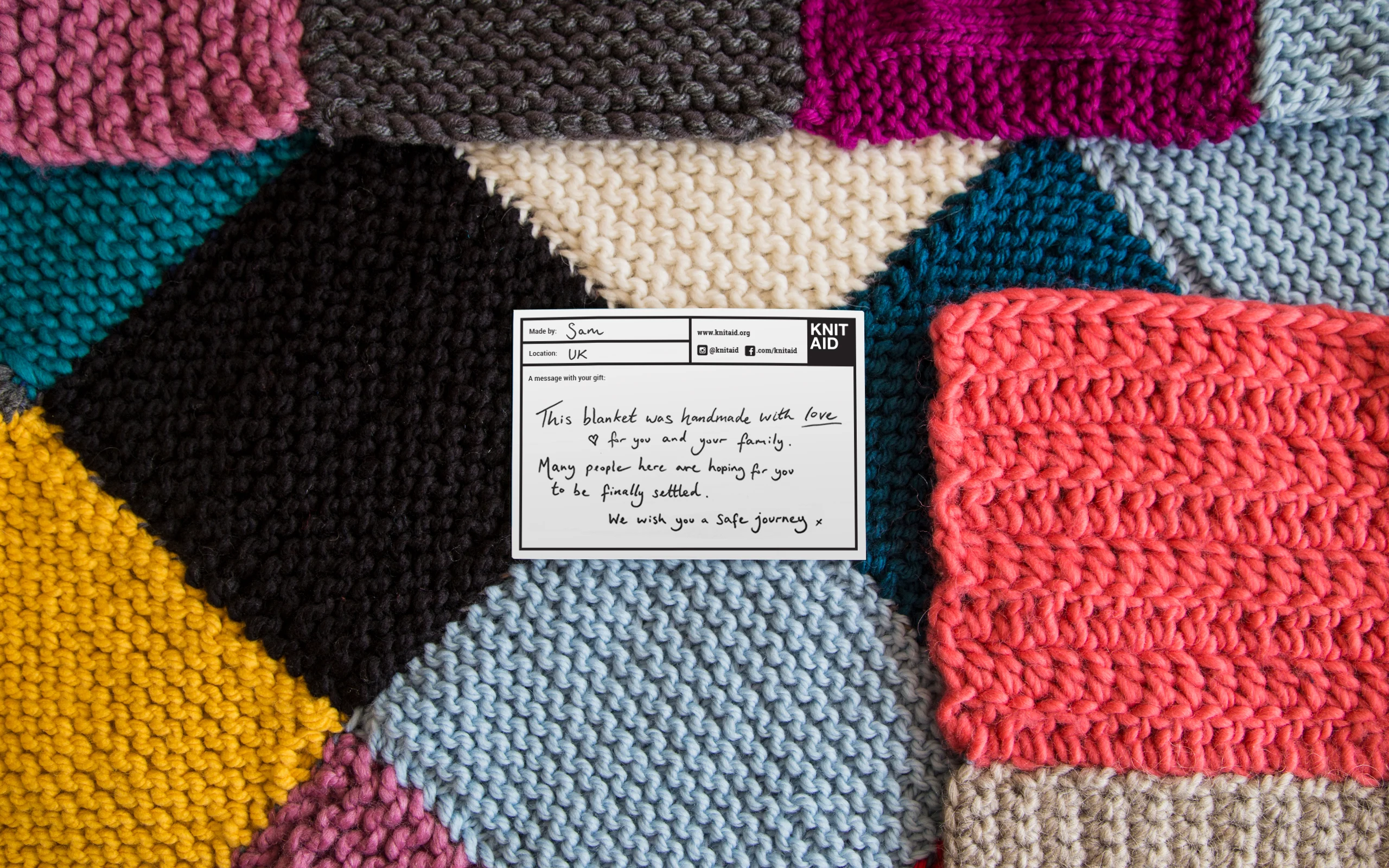
It started with a feeling of helplessness watching the refugee crisis unfold on TV. It became Knit Aid, a hugely popular craft charity that makes gorgeous garments for people fleeing their homes. With care, creativity and lots of yarn, here’s how two women’s simple idea grew into something very special.
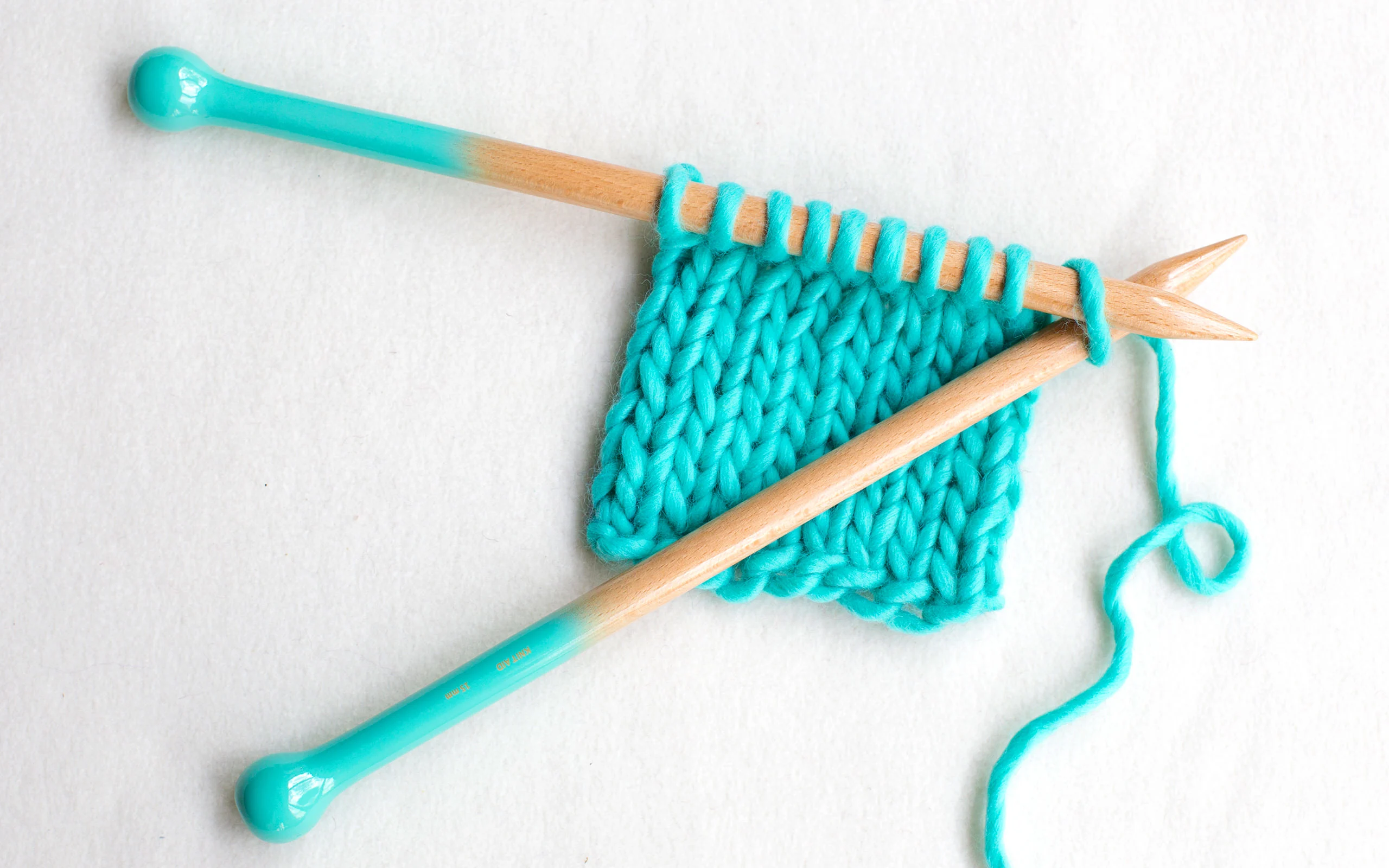
When Shahnaz Ahmed was on maternity leave in the summer of 2015, she spent hours in front of the TV, knitting clothes for her newborn daughter. The refugee crisis was all over the news, and as the daughter of immigrant parents, it made her think about her background, about countries and borders, and about the future, and the kind of world she’d want her kids to grow up in.
“There’s was this literal moment where I was knitting a beanie hat, seeing refugees on my TV when I made the connection it would probably be a good idea to start knitting for them,” she says.
Shahnaz called out to her friends on Facebook. She asked for hats, mittens, blankets – anything that could keep refugees warm during the cold, and often wet, nights in the camps.
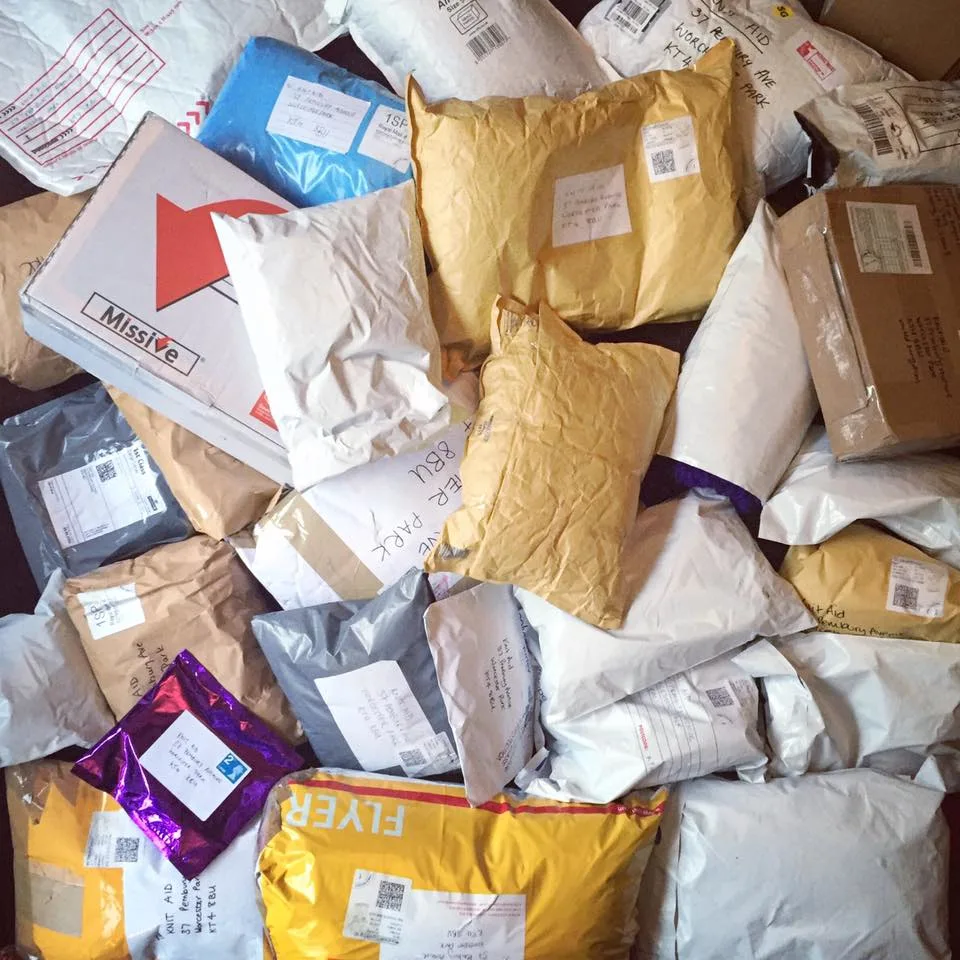
The next day her inbox was bombarded with 300 requests and they kept pouring in. People from all over the UK wanted to help out with donations – some even wanted to learn how to knit specially for the cause.
“As some sort of gift from heaven, Karen’s message landed in my inbox,” Shahnaz says. “By then my whole house was full of knitted donations!” Overwhelmed by the immense response to their initiatives, the two decided to join forces and started Knit Aid.
The idea is quite simple. Volunteers can knit a scarf, a beanie, a blanket or anything else that might be useful and send it over to Knit Aid. Shahnaz and Karen, with the help of local organizations in Greece, then make sure the carefully-crafted pieces end up in the right hands.
For those who want to help but don’t know how to knit, they’ve produced tutorials explaining how to make different items and recently they started knitting workshops for refugees living in London.
But Knit Aid caught people’s imaginations in a way that went well beyond the simple core concept. From the Far East to the west coast of America, thousands of donations have come in from all over the world.
A lot of people didn’t agree with the unsympathetic way refugees were portrayed.
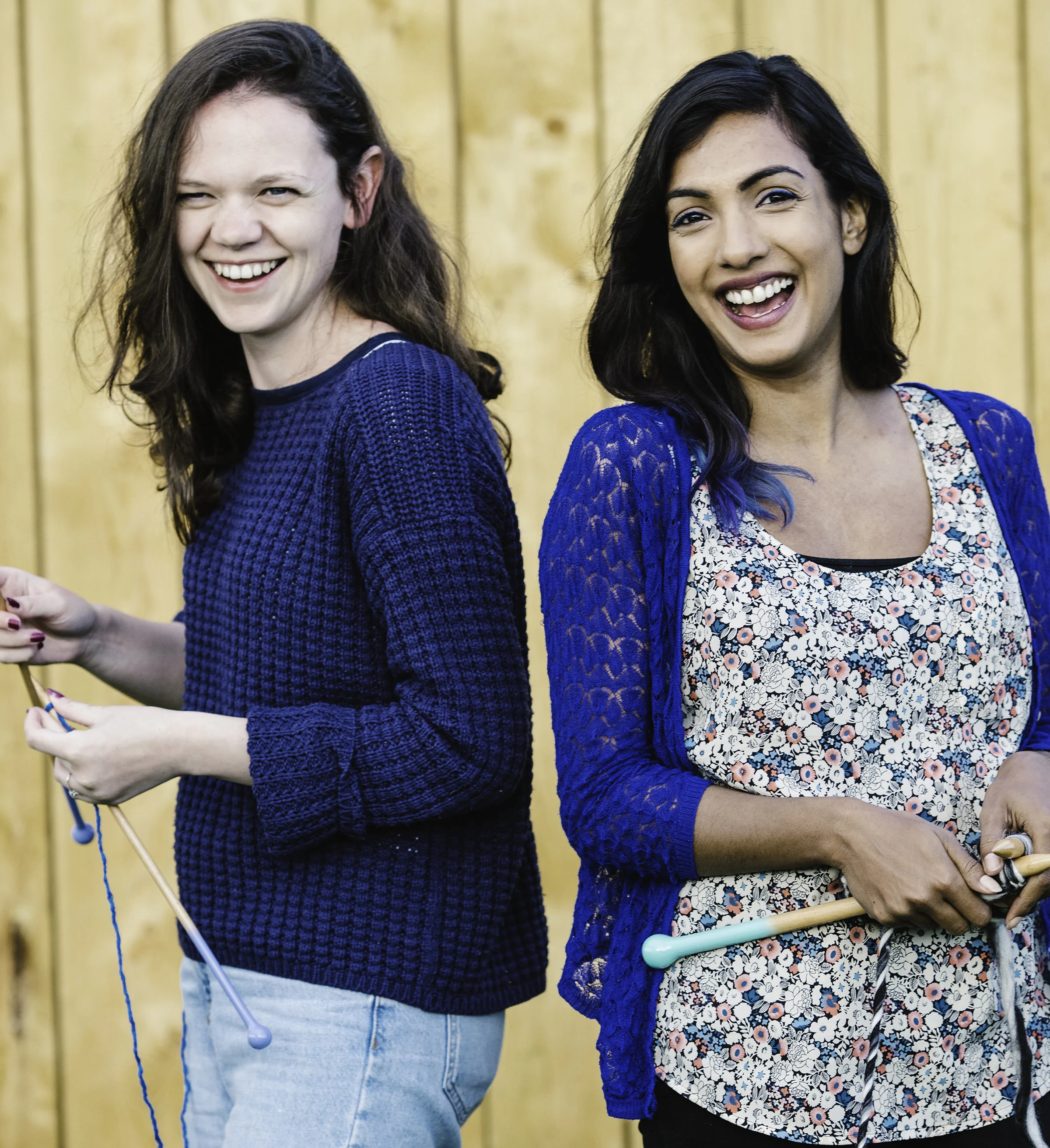
Today there’s yarn bombing (dressing up public space objects with colorful knitted garments), the Yarn Mission which “knits for black liberation” and of course the world-famous Pussyhat, the bright pink symbol of anti-Trump defiance.
Like Shahnaz, people sat at home watching the images unfold on television, wanting to help out, but feeling helpless. Instead of donating money to a cause, Knit Aid asks for a tangible thing, and that resonated with people. “They felt they could make a difference, be part of something that was community-led, people helping people.”
It might seem strange thinking of knitting as an agent for social change, given its rather fusty image. But in fact, there is a long history of knitting and activism coming together. From the French Revolution to the suffragettes and the feminist movements of the 1960s, women have used crochet as a form of artistic protest, subverting its traditional place as “women’s work.”

“I think Knit Aid ties in with feminism as well, because people see knitting as a feminine activity, and I believe we should lead with that,” Shahnaz says.
“If the world was a feminist space, if it was led by more women, what kind of activism would that make? Is it shouting on the street and creating chaos? Or is it calmly and clearheadedly doing something that’s going to make a real difference? Personally, that’s what I would like the world to be.”
The duo sees themselves and their organization as part of this broader international “craftivist” movement, whose popularity they think is down to its physical, very immediate nature.

So the knitting moves beyond the practical warmth it can bring to refugees in the camps – it forms an important way to humanize the crisis. It’s a creative way of changing our perspective, turning the refugees from lurid headlines or statistics into living, breathing individuals again. Whatever your views on the crisis itself, there has to be room for humanity.
That’s why Shahnaz and Karen encourage volunteers to use high-quality wool and add personal notes to their gifts. They check each package before it is sent, to make sure every single sweater, scarf or blanket embodies the warmth and kindness they want to capture and communicate.
“We just want them to feel that little bit of love for that one thing they receive,” Shahnaz says, “to let them know someone has thought of them.”
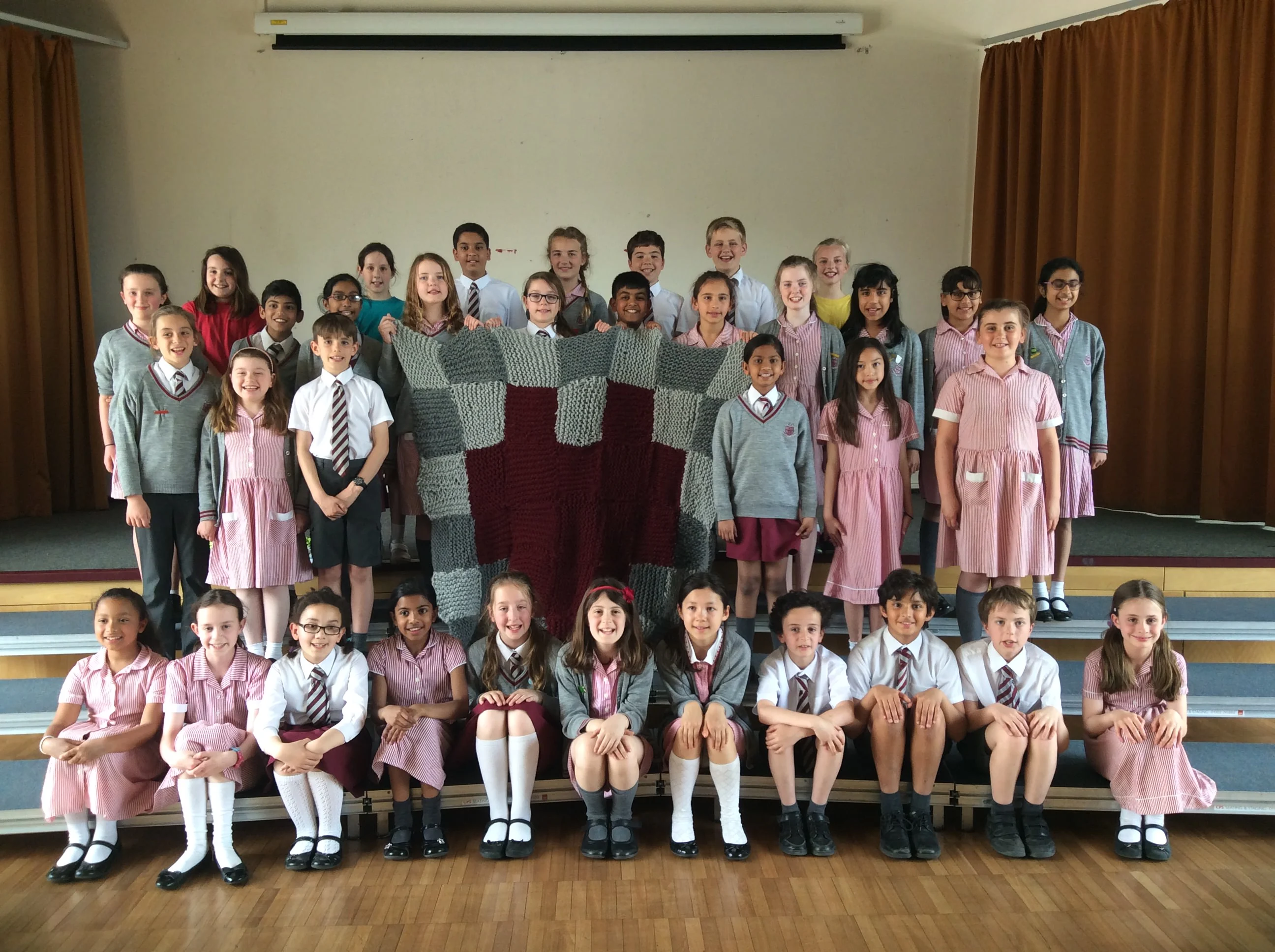
But it’s not only about making the refugee feel that someone, somewhere cares – it works both ways. “It feels good to take the time to create something really lovingly and then give it to someone who you know it will be useful for,” she says.
The time-consuming process of creating a garment serves as a sort of meditation, giving people the headspace to dwell on why they are knitting in the first place.
And at the workshops for refugees in London, people are able to be as sociable, or not, as they wish.
At one session there was a participant who learned to knit his pattern within seconds, and then taught one of his friends, who didn’t speak the same language. “It was this lovely way of seeing people interact using something other than language,” Karen says.
But another girl at the workshop, who knew how to knit, picked up her materials and sat in complete silence, listening to music. “I really appreciated that she could do that – just be in that moment, and not have to answer to anything, as she probably has had to several times,” Shahnaz says.
There is a nice parallel between the “physical act of knitting” and the values which underpin the vibrant, and growing Knit Aid community. “Even visually I can see the connecting that you do, to weave your yarn in,” Shahnaz says. “Connection is definitely the keyword.”


